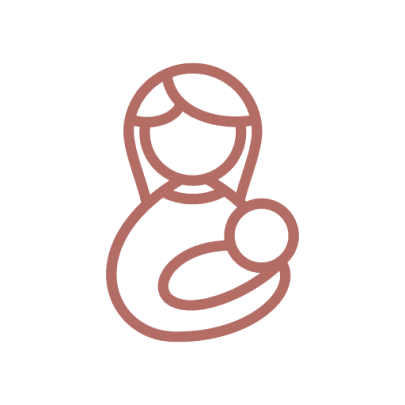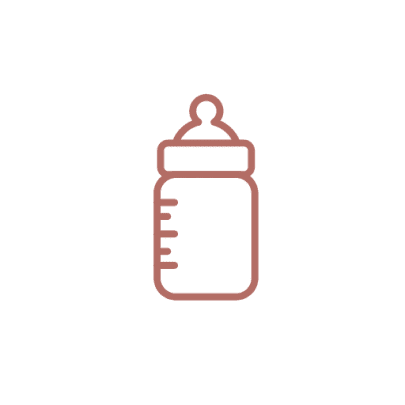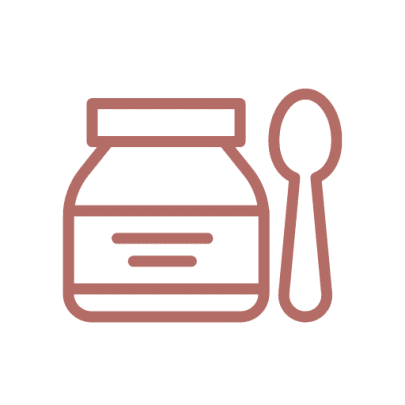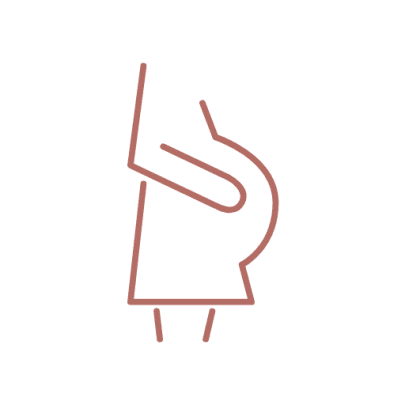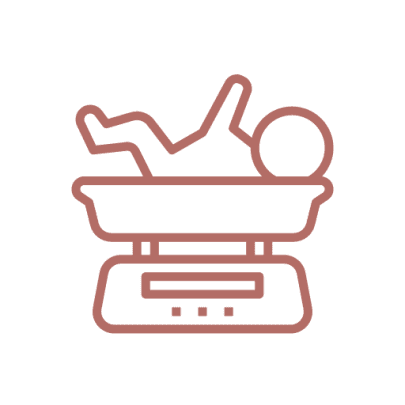Ouch, my aching boobs! Soothing sore nipples
Breastfeeding shouldn’t hurt, they say. But what happens if it does hurt? What can you do about sore, chafed, grazed, and just plan painful nipples? Here are some nipple care tips to help if your breasts are hurting.
Always ask an expert
Your LMC, Plunket nurse, GP, or a lactation consultant should be your first port of call when you’re experiencing pain during breastfeeding – because it could be something simple that requires an easy fix, but needs an experienced expert to help with. So always check in with an expert before trying DIY or at-home remedies. You can also call
Plunketline on 0800 933 922 and get support with breastfeeding, even in the middle of the night.
Problem: Cold, wet bra from leaky boobs
Tip: Use breast pads
What’s the point of breast pads? Pregnant women often underestimate how many breast pads they’ll actually need once they start breastfeeding, so here’s a little hint: You’ll probably need more than one pair a day in the first few weeks while your milk is coming in and your supply is regulating, as it can (and will) leak, spray, and flood out of your breasts until you and your baby get the hang of feeding. And it’s not just a not-so-hilarious movie gag: Yes, your boobs will leak when you hear your baby cry. Breast pads help to absorb the excess milk, keep your top clean and dry, and help keep your nipples from being chafed by your bra or top. Just be sure to change them when they get wet, and don’t reuse disposable breast pads.
Problem: Tender, engorged breasts
Tip: Heat/cold pack
We’ll say this right upfront: Never, ever, ever put a heat pack directly on your bare breasts. Always use it over the top of your shirt. Heat packs deliver warm, moist heat to tender breasts, which encourages milk flow, promotes letdown, relieves engorgement, maintains open milk ducts, and provides comfort if you have an infection or mastitis (which should always be seen and diagnosed by a medical professional, as you may need medication). Our Boob Tube Heat Packs are a long, skinny tube that’s flexible – heat it in the microwave and roll it into a circle or spiral so it’s not directly on your nipples. You can also chill it in the freezer to help relieve hot, engorged breasts. Stick with wheatbags rather than gel-based heat packs, as they can burn, and give it a shake after heating or cooling to help evenly distribute the heat.
Problem: Sore, cracked nipples
Tip: Hydrogel Breast Discs
Hydrogel Breast Discs are a godsend in the early days – many mums take them to hospital and wear them right from the start of breastfeeding, as they can really make a difference to nipples that are still getting used to breastfeeding. They are soothing to sore and cracked nipples and you wear them right next to your breast, inside your bra. While they aren’t washable or reusable, they are definitely value for money, as they create a healing environment for grazed nipples to heal. Stick them in the fridge for added cooling relief. They feel like little jelly discs stuck over your nipples, but believe me, they’re brilliant and mums swear by them.
Problem: Flat, sore, cracked nipples
Tip: Nipple shields
No two nipples are the same – even on the same woman! Many women have breasts with completely different nipples, so the way their baby latches and feeds on one side might be different to how they latch and feed on the other side. If you have flat nipples, or you feel like your baby has been trying to chew your nipples off (I don’t know how they manage this when they have no teeth, but it happens), nipple shields can really help. They’re for temporary use in the beginning of breastfeeding when you’re still getting the hang of things, and can help put your nipple into the right position for your baby to latch on and suck – keeping a thin nontoxic silicone barrier between your nipple and your baby’s lips to protect your nipple from further damage. Once you’re healed up and you and your baby have established good breastfeeding practices, you can stop using them.
Problem: Sore, grazed nipples that feel ouch to touch
Tip: Nipple cream
Even if you can’t see major issues like cracking or bleeding, your nipples can still feel sore and grazed while they’re “toughening up” in the early days of breastfeeding. Nipple cream is a necessity for all breastfeeding mums – it helps soothe and heal, replenishes your skin’s natural oils which are depleted by your baby’s sucking (especially when they’re going through a feeding frenzy), and help your skin to rehydrate from within. Keep a tube in your nappy bag and one where you breastfeed at home, and apply after every feed – if your nipples feel too sore to touch, dot it in the centre of a clean breast pad and then stick the breast pad on your breast, and the nipple cream will settle into your skin as it warms up. No need to rinse off before the next feed, either, as it’s safe for your baby.
Problem: Serious milk overflow that’s soaking your breast pads
Tip: Breast shells
Some women have the kind of milk supply where leaking in between feeds isn’t a little trickle, it’s enough to soak a breast pad and make things very uncomfortable. Breast shells are a good option in this case, because they not only protect your nipples from chafing and friction, they also allow air to circulate (so your breasts aren’t sitting uncomfortably in wetness) and have a little “pocket” that will collect the excess breast milk. You can transfer this to a storage container within two hours to keep it, so you won’t waste a drop! They also give gentle pressure to help relieve engorgement. A really good option if you are struggling to keep your breast pads dry.

